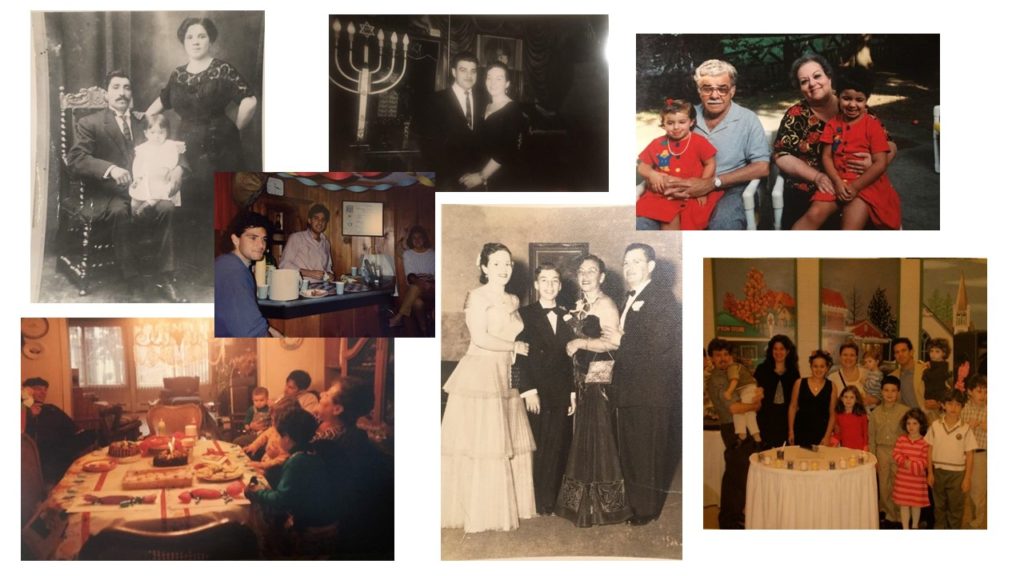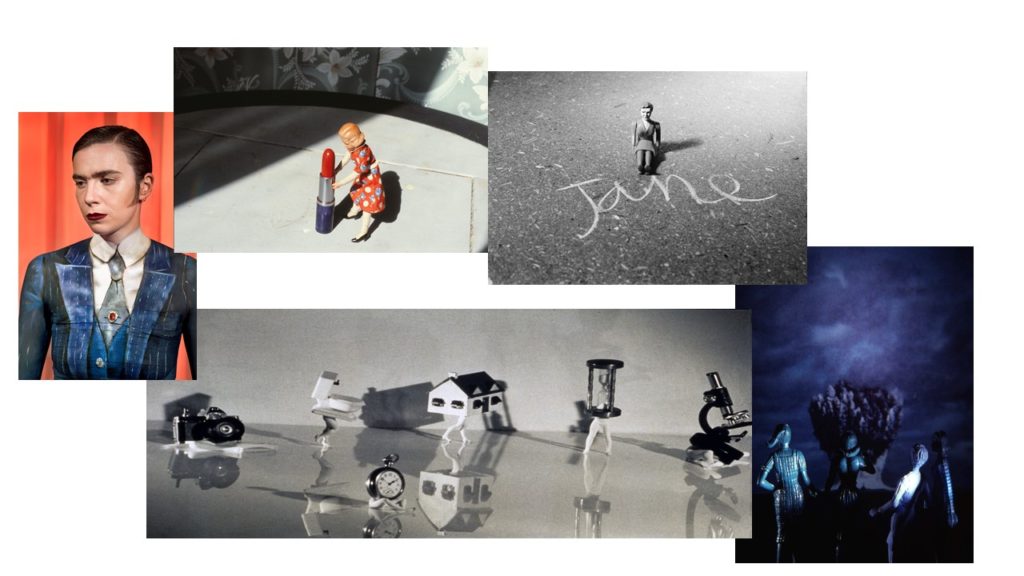For my personal study, I am going to be working mainly with people and objects as I want to tell a story of the evolution of my family and I. After taking these images, I will compare them to images I have found on the upbringing and history of living in other country who are in poverty or less fortunate than myself. This is so I can see the different of life now for me and for someone the similar age as me, with different upbringings. I will also compare this too how different countries that are facing war currently in the 21st century and compare that to my life and even the life people lived during the German Occupation in Jersey. I will then experiment with different aspects of my shoots and I hope to create montages from the images gathered by myself.
Adam Ethan Berner
Burner has many different projects, one main of the projects I am going to focus on is; Making A Family; The History and Theory Behind Family Photos. I feel that this project links in well with occupation and liberation, as Burner is documenting his family history by creating a personal archive. Below are some of his images from this project;

Using the following link, I was able to access information from Burner that he had wrote up himself, along with his original images. Burner’s work from this project is mainly analysing and documenting old family photos and showing how people have grown up. Burner states that ‘family photos adorn the walls of homes. They are the last things before and after we sleep, and living rooms for guests to see. They remind us of our kin and loved ones. The photos reinforce what the idea of the family is as the images create an idea of what normal family life is like.’ Burner also states that ‘Underneath the image of a smiling face, the text of a missing persons sign reads, “Have you seen me?” The most important part of a government-issued identification document is the photograph of the person to whom it belongs. When one sees an unflattering photo of oneself, one doesn’t say, “The pixels that create a facsimile of my likeness are unflattering.” You say, “Delete that photo, I look terrible.’ https://museemagazine.com/features/2018/11/20/making-a-family-the-history-and-theory-behind-family-photos?rq=adam%20ethan%20berner

Technical; the lighting from this image would’ve come from the lighting around the room along with the flash on the camera, I can tell this because the faces of the subjects are slightly over exposed. The shadow present behind them could’ve been caused my the flash or the way the home lighting was angled. The tonal range within the image is little, this is due to the face of the black and white worn by the subjects being very normal and bold colors, yet neutral . The color temperature of the image is slightly on the orange side, this may be due to the fact the image was taken as cameras were just developed.
Visual; The texture of the image looks rough, due to the discoloration of it and the wrinkles within the image, from this texture you can tell that the image is old. The image its self is 2D, but due to the shadows behind the objects and the angle they are standing you can see a 3D affect. The composition of the image has a layout of four individuals stood side by side next to each other, two males and two females who are dressed in smart attire. Immediately, I am drawn to the women in the white dress, this is because white stands out over the black and orange background.
Conceptual/Contextual; Burner used this image due to the fact to show his family history, the meaning behind it is documenting family photos, however, as suggested by Burner ‘photos aren’t always taken’ so when they are it is a memorable moment, so in the future that moment can be remembered.
Laurie Simmons
Simmons is an american photographer who tends to delve deep into the portray of gender rolls, one of her main projects interesting me being Big Camera, Little Camera, where she associated things she has grown up with, mainly dolls with things from the present day such her house or her work, but her work is also a symbol of gender roles.

Through a review done my Adam Burner he said; ‘Throughout the collection of photos, one can see the ways in which Simmons’ career developed as she plays with scale, staging, and the borders between reality and fiction.’ here he is saying that his lady he has researched about is showing her evolution and how she grew up will dolls, and Burner’s photography is now portraying them as reminders from her past along with associating them with things of the present, such as her home/job. I researched more in detail about this project using the following link; https://museemagazine.com/culture/2019/1/8/book-review-laurie-simmons-big-camera-little-camera?rq=adam%20ethan%20berner

